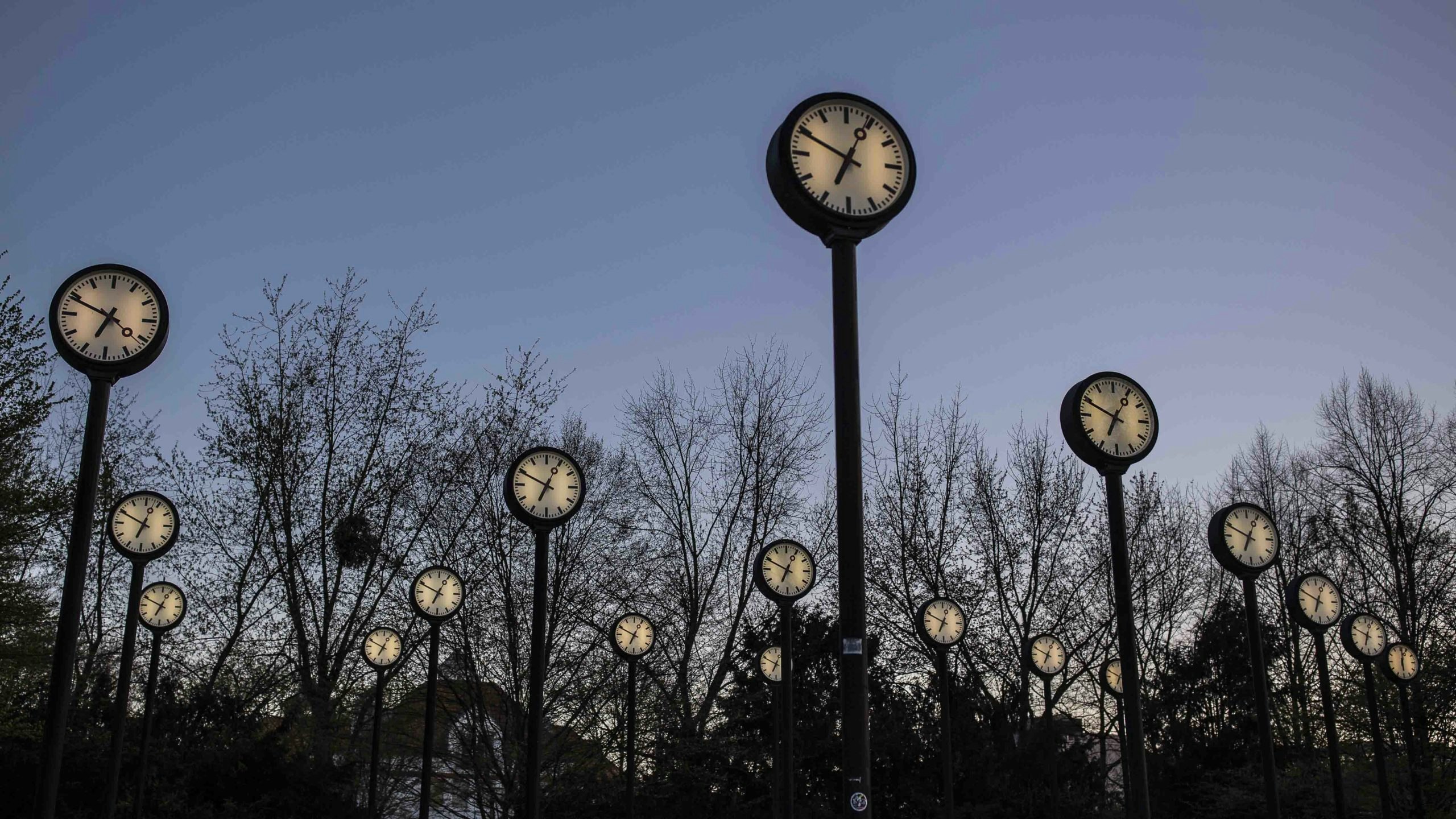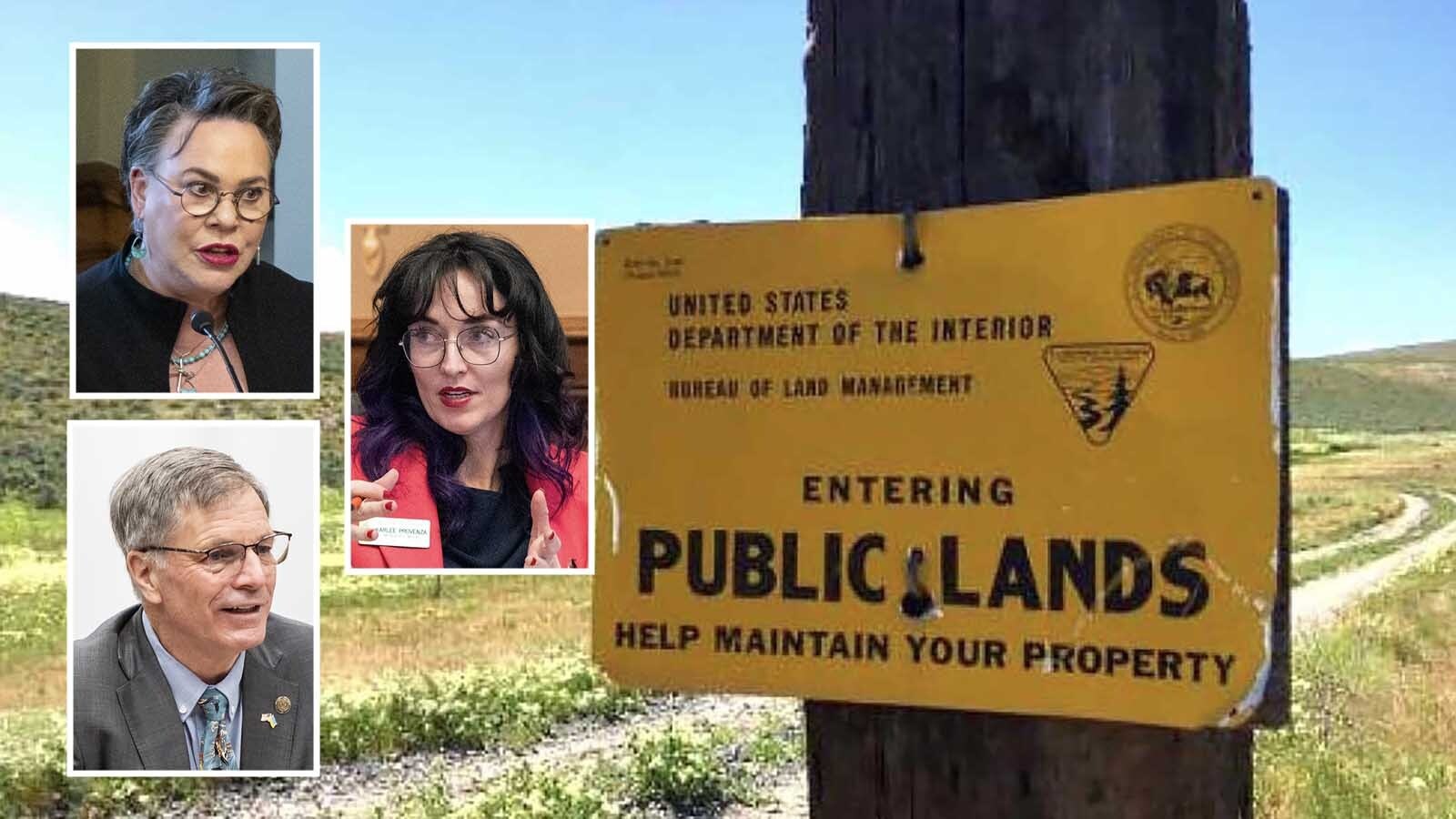It’s an idea whose “time” has come.
That’s how the American Academy of Sleep Medicine welcomed the U.S. Senate’s passage of a bill that would do away with the twice annual change between Standard and Daylight Savings Time.
For those in Wyoming who study sleep patterns and the effect on people’s overall health, it’s about time.
Fatigue, sleepiness, irritability and insomnia are common symptoms associated with the semi-annual time change reported to the Wyoming Sleep Disorder Center in Cheyenne, according to Jerry Crawford, the center’s director.
“Because we’ve confused the body,” he said. “It had adjusted to a certain amount of light at a certain time, and things getting dark at a certain time. And then we flip that, and it takes a little bit of time to readjust.”
Crawford’s organization conducts testing to help evaluate various types of sleep disorders. The center also has a sleep specialist who sees patients and a sleep clinic for therapy, follow-up and general consultation for any type of sleep disorders.
Crawford told Cowboy State Daily that the center does see an increase in patients right around the twice-annual time change.
“Initially we can see an increase in patients, people complaining about fatigue, just feeling tired and a little bit off, right around that change from Standard Time to Daylight Savings Time, and from Daylight Savings Time to Standard Time in the fall,” he said.
Crawford said for those already experiencing health issues, the change in sleep patterns can exacerbate their conditions, although he said it’s usually just a temporary development.
“If we see any exacerbation or aggravation of previous medical conditions, typically we can expect that to resolve within a couple of weeks,” he explained.
Standard Or Daylight Savings?
Crawford said any permanent change, whether to Standard Time or Daylight Savings Time, would have its benefits.
“I think they both have their pros and cons,” he said. “There are valid reasons to argue both sides of that coin, there are pros to Daylight Savings Time, there are pros to Standard Time.”
Although the time change bill passed unanimously by the U.S. Senate in March would set clocks permanently in the Daylight Savings Time mode, Crawford said the human body would probably react better to staying on Standard Time.
“When we’re looking at the physiology and the biology of humans, Standard Time is probably going to be a little bit better for us,” he said. “Especially for our kids – we’re getting them up early in the morning, it’s still dark outside, it’s taking them a little longer to wake up. They’re having problems in the first period of school, things along those lines.”
To illustrate the difference, if on Dec. 20, the shortest day of the year, the sun rises at 7:45 a.m. during Standard Time, a switch to full-time Daylight Savings would see the sun rise at 8:45 a.m.
“But with Daylight Savings Time, there are some societal pros,” Crawford added, because of the later hours of daylight.
The American Academy of Sleep Medicine, on its website, heartily endorsed the end to the twice-annual clock change. However, the academy noted that the human body – and public health – would benefit by staying at Standard Time year-round.
The U.S. House of Representatives has yet to review the bill that supports permanently moving the nation’s clocks ahead an hour. If it passes the House, the change would not take place until November of 2023.
The change in times most Americans abide by was made official in 1966 with congressional approval of the Uniform Time Act, which set the time changes to happen on the first Sunday and April and the last Sunday in October.
In 2005, Congress extended Daylight Savings Time by an additional three weeks, to begin the second Sunday in March and end the first Sunday in November.





